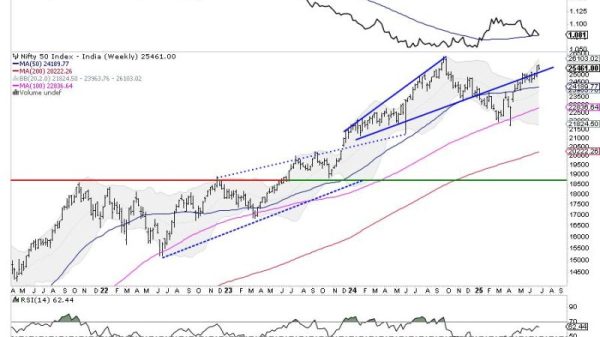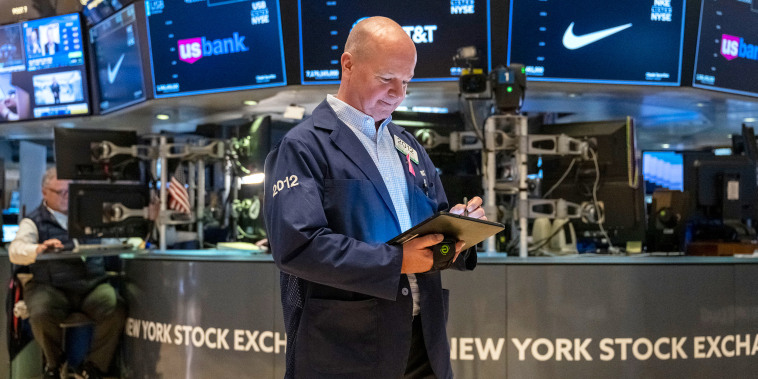Since its inception, the Dow Jones Industrial Average has been a key barometer of the health and performance of the U.S. stock market. In a historic and significant milestone, the Dow recently surged past the 40,000 mark, showcasing the resilience and strength of the American economy. Several factors have contributed to this rally and suggest that the upward trend may continue.
One of the primary drivers of the Dow’s ascent to 40,000 is the robust economic recovery following the challenges posed by the global pandemic. The extraordinary fiscal and monetary stimulus measures implemented by the government and the Federal Reserve have played a pivotal role in stabilizing financial markets and supporting economic growth. As businesses reopened and consumer confidence improved, corporate earnings have rebounded, driving stock prices higher.
Additionally, the rollout of effective COVID-19 vaccines has been a game-changer for the markets and the economy. Vaccination efforts have allowed for the gradual reopening of businesses, boosting economic activity and providing a sense of normalcy. As the threat of the pandemic recedes, investors are increasingly optimistic about the prospects for sustained growth and earnings expansion, leading to increased demand for equities.
Furthermore, low interest rates and ample liquidity in the financial system have fueled investor appetite for risk assets like stocks. With fixed-income instruments offering minimal returns, many investors have turned to the stock market in search of higher yields. The Federal Reserve’s commitment to keeping interest rates low for the foreseeable future has provided a supportive backdrop for equities, encouraging investors to allocate capital to equities over other asset classes.
The innovation and resilience of U.S. corporations have also been instrumental in driving the Dow to new heights. Many companies have adapted to the challenges posed by the pandemic by embracing digital transformation, improving efficiency, and seizing new market opportunities. Tech giants, in particular, have benefited from the accelerated shift towards remote work and digitalization, bolstering their earnings and stock prices.
Looking ahead, several factors suggest that the Dow’s rally to 40,000 could be sustained. The continued economic recovery, supported by government stimulus measures and rising consumer spending, is expected to underpin corporate earnings growth. Strong corporate balance sheets, along with favorable financing conditions, provide a solid foundation for future investment and expansion.
Moreover, the prospects of additional infrastructure spending, coupled with a supportive monetary policy stance, suggest that the momentum in the stock market may persist. As inflation remains in check and economic indicators point to a broad-based recovery, investors are likely to remain optimistic about the outlook for equities.
In conclusion, the Dow’s surge to 40,000 reflects the resilience and adaptability of the U.S. economy in the face of unprecedented challenges. A combination of robust economic recovery, effective vaccination efforts, accommodative monetary policy, and corporate innovation has propelled the stock market to new heights. While uncertainties remain, the underlying drivers of the rally suggest that the Dow may have further room to run as the economy continues to strengthen and corporate earnings improve.


































